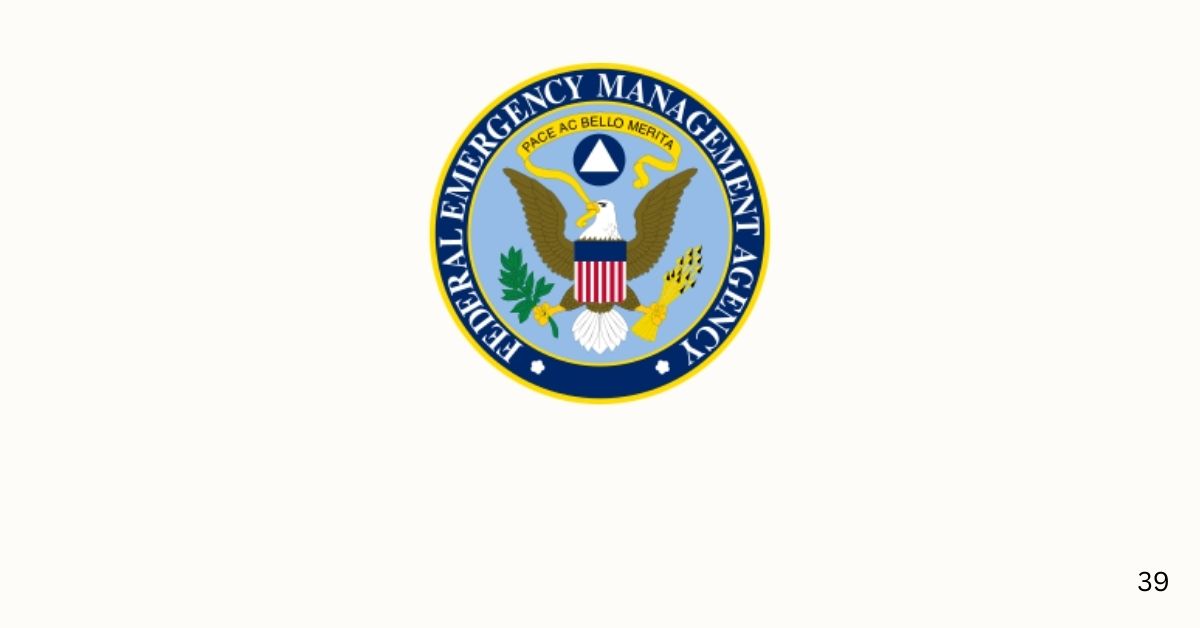Introduction to Federal Emergency Agency
In a world fraught with unpredictable events—whether natural or man-made—federal emergency agencies serve as a critical line of defense. Their primary purpose? To protect citizens, minimize damage, and ensure quick recovery after disasters strike. These agencies operate at a national level, coordinating with local and regional authorities to provide a unified response to emergencies.
The concept of federal emergency management dates back decades, evolving significantly in response to large-scale disasters. In the United States, for example, the Federal Emergency Management Agency (FEMA) was established in 1979. Since then, it has played a crucial role in responding to countless emergencies, from hurricanes to terrorist attacks.
Federal emergency agencies aren’t just about responding to crises; they focus equally on preparedness. They work tirelessly to educate communities, establish early warning systems, and build resilient infrastructure to withstand future calamities.
Structure of a Federal Emergency Agency
Every federal emergency agency operates through a well-defined structure to ensure efficiency during chaotic situations. These agencies typically have several departments, each tasked with specific responsibilities.
Main Departments and Their Functions
- Disaster Response Division – This department is responsible for immediate action during emergencies.
- Preparedness and Training Division – Focused on educating both the public and response teams about disaster readiness.
- Recovery and Mitigation Division – Handles post-disaster rebuilding and ensures lessons learned are integrated into future strategies.
Key Leadership Roles
At the helm is the Director or Administrator, who oversees operations and ensures that the agency remains mission-focused. Supporting them are deputy directors and regional coordinators who manage localized responses.
Regional Offices
To ensure timely and effective action, federal emergency agencies often operate regional offices. These offices maintain close contact with state and local authorities, acting as the first point of coordination during emergencies.

